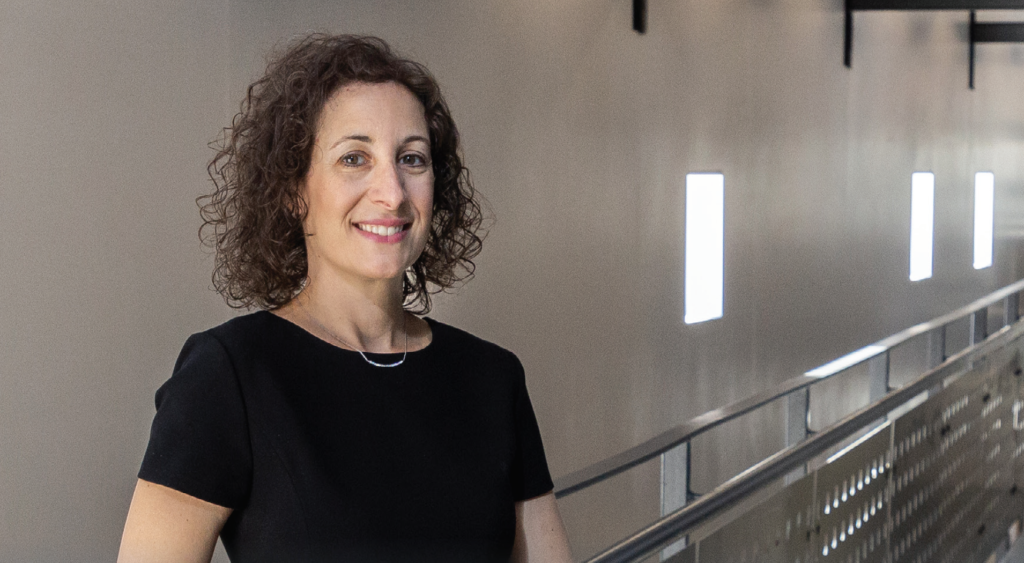
Shayna Rosenbaum
PSYCHOLOGY
FOR AS LONG AS Shayna Rosenbaum can remember, the big star in memory research has been the hippocampus, the curved structure of the brain’s limbic system that plays an important role in creating and maintaining short- and long-term memories. Yet, as Rosenbaum has learned, that’s only one part of the story.
Along with researchers at University College London, Rosenbaum, a York Research Chair in the Cognitive Neuroscience of Memory, has discovered that other parts of the brain cooperate with the hippocampus in forming memories. One such area that she and her colleagues have identified as an important memory collaborator is the retrosplenial cortex, which is located behind the brain’s corpus callosum, the “highway” that connects the left and right cerebral hemispheres. Rosenbaum explains that the retrospenial cortex helps people remember and navigate familiar places. The research was supported by York’s Vision: Science to Applications (VISTA) program,
a program focusing on vision research that is funded by the federal government’s Canada First Research Excellence Fund. Rosenbaum’s research is also supported by the Natural Sciences and Engineering Research Council (NSERC), Canadian Institute for Health Research (CIHR), and a 2018-19 James McKeen Cattell Fund Sabbatical award. Her team’s latest research was published in the March 2019 issue of the journal Cerebral Cortex.
As spatial clues help us navigate our surroundings, Rosenbaum says the study could prove useful to supporting individuals with age-related memory deficits. “As the number of people getting older in the world rises, so will the number of age-related neurological disorders affecting spatial memory,” Rosenbaum says. “Training people to make better use of the parts of their brain involved in spatial memory could be helpful to those vulnerable to the effects of aging.”
